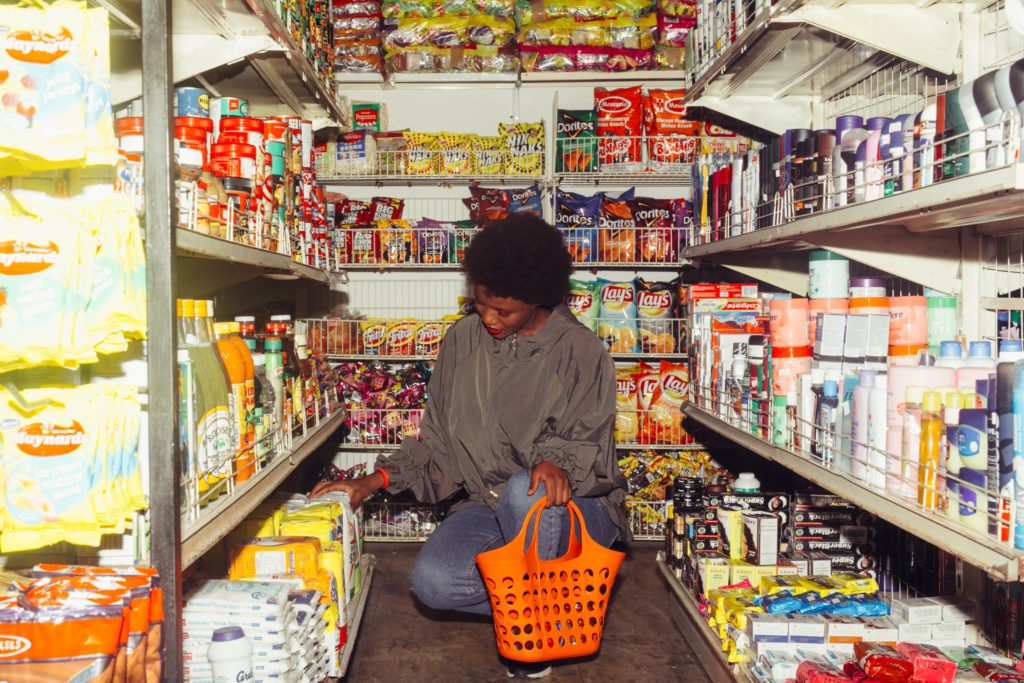We’re seeing a big increase in traffic to our food-related content, and hearing reports of low stocks in grocery stores in different places. All of this points to one thing: Americans are running out and doing a bunch of last minute food shopping in advance of what may be a contentious election day. There’s also the big COVID surge going on, which suggests more lockdowns may be in the future.
Despite our urging to avoid doomshopping, it’s not a bad idea to make sure your food stores are well-stocked for the winter. While we discourage panic buying, we do recognize that there’s a line between “panic buying” and doing some last-minute topping off. So if you’re going to take a few more trips out to stock up, you should stock up smart.
Shopping smart
The first rule in building your food stores is to buy what you use, and use what you store. In other words, only buy things you will actually eat. If things go better than expected, you haven’t lost anything, you simply have more of what you eat anyway. You also want to practice first-in, first-out to make sure that you eat things before they expire.
If you need ideas on what to buy, check out our supermarket food list of foods that are shelf stable and nutritious. There isn’t anything wrong with buying frozen pizzas and some junk food, but you don’t want your entire stockpile to consist of it. You want filling, nutritious food that will keep you healthy and that you will actually eat. If you need even more guidance, look into the LDS food plan, which is a time-tested method of building a nutritious pantry, though you need to know how to cook from scratch.
More: Best two-week emergency survival food for preppers
If you’re going to venture into a store, make sure you read up on how to shop safely during COVID-19. Keep your distance, wear a mask, disinfect your hands frequently, and wipe down carts and other surfaces.
Don’t forget water in your preps! Check out our guide to the best emergency water storage containers for your home, but if you don’t have time for that, pick up a few gallons of bottled water just in case.
If your food and water stores are secure, you might consider some other last minute preps, like keeping gasoline on hand for vehicles, tools, and generators. Check out our guide on how to store gas at home.
You bought it, now what?
You also want to make sure you know how to cook whatever it is you buy. A lot of people like beans, and they’re a good food to stockpile, but do you know how to cook them? Cooking dry beans isn’t hard, but it takes time and fuel. I recommend an Instant Pot electric pressure cooker, so maybe grab one while you’re loading up. If you’re wondering what else you can do to all the beans you stored, I recommend trying pinto bean fudge, which is a lot better than it sounds.
Now is a good time to experiment with your preparedness pantry and learn how to cook with it, so you’re not learning a new skill in a stressful situation. Here are some recipes you can start with:
Can’t find your usual cuts of meat in the store? Another good kitchen tool to have on hand is a sous-vide cooker, which can help make otherwise undesirable cuts tasty. It’s a great way to cook premium meats as well, so you won’t regret the investment.

You are reporting the comment """ by on